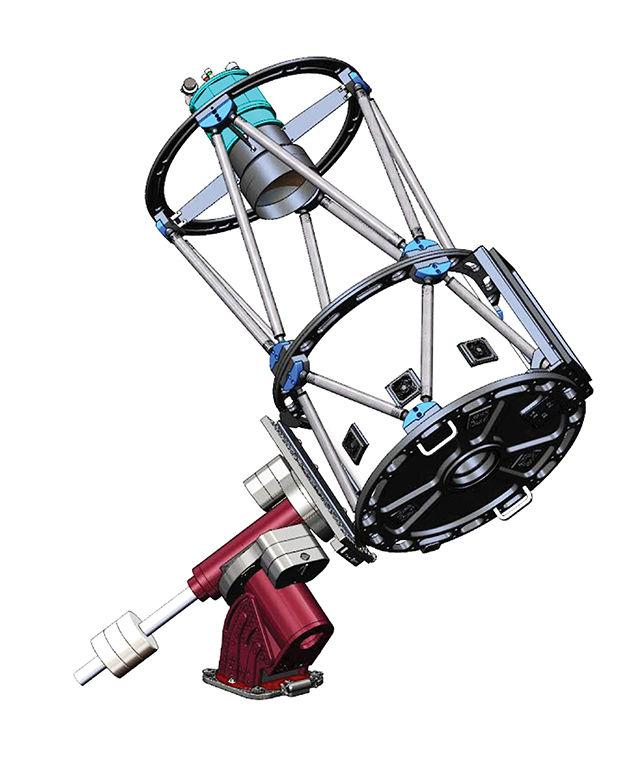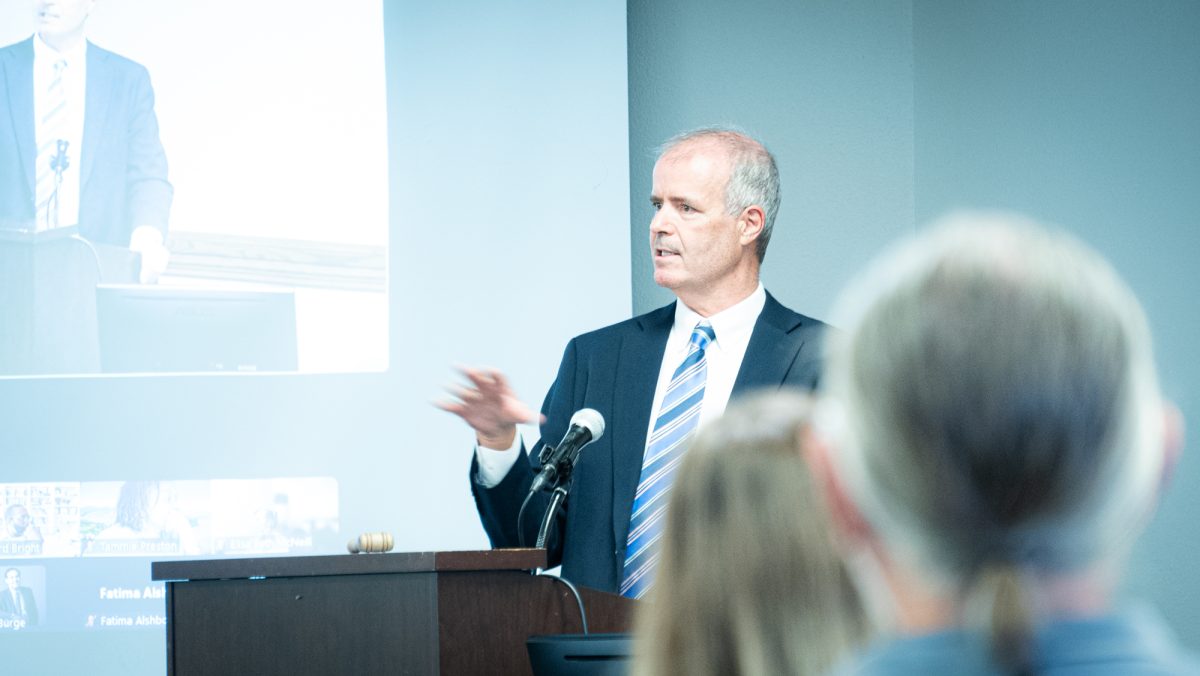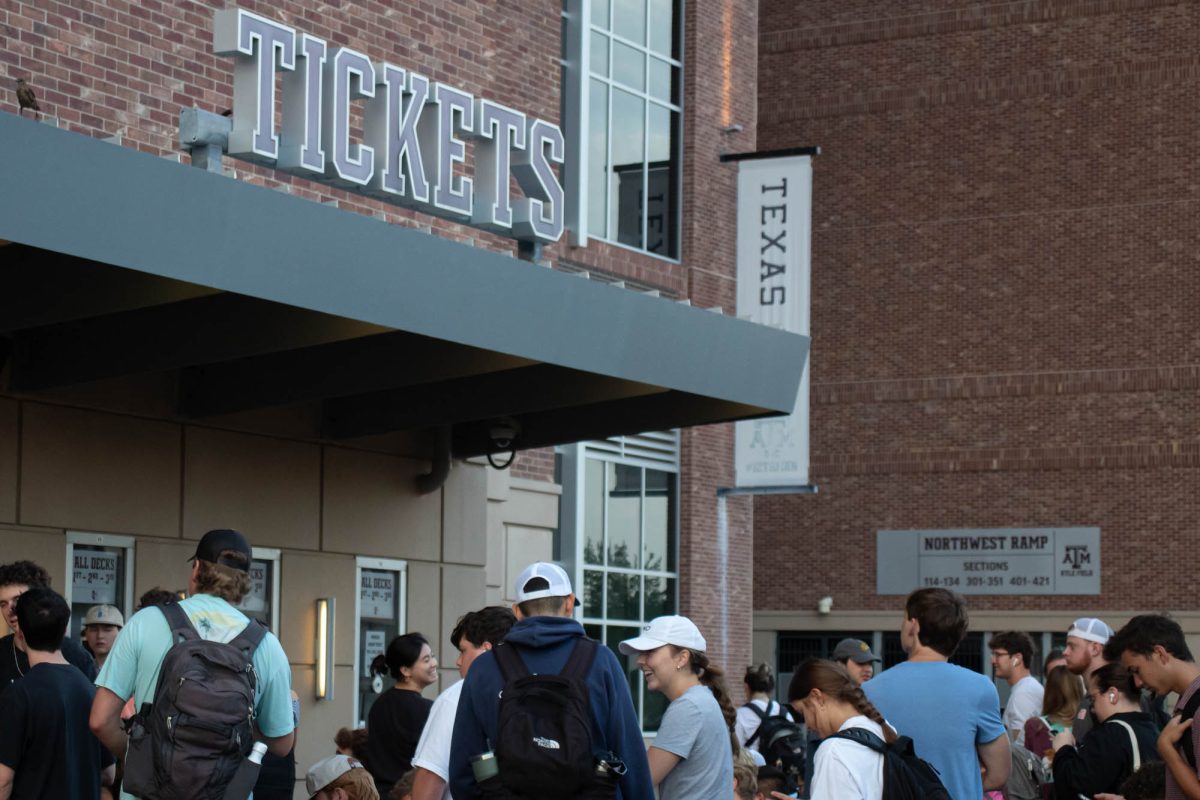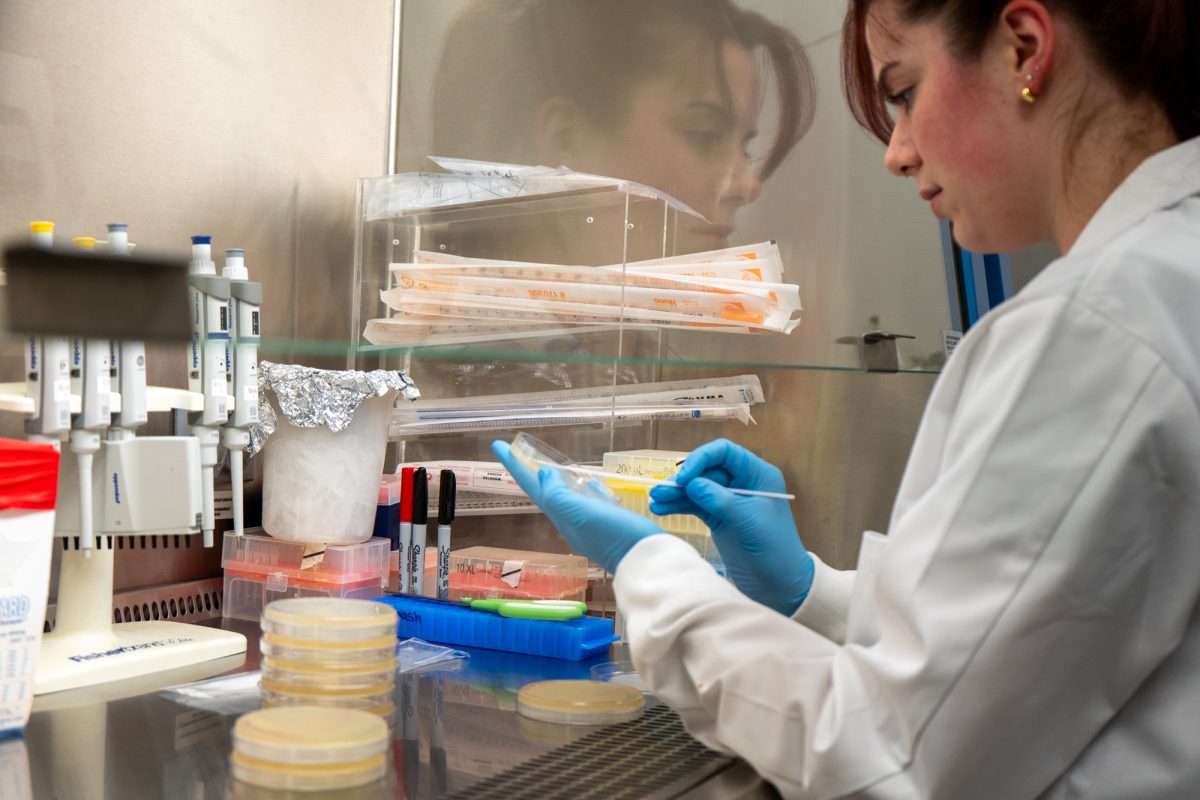Professors in Texas A&M’s Department of Physics and Astronomy explore the night sky for sudden bursts of energy — research that is directly connected to the recent detection of Albert Einstein’s gravitational waves.
A group of Texas A&M astronomers conduct research that overlaps with the lab that excited the physics world in mid February when a group of international scientists detected gravitational waves for the first time. The Aggie scientists keep a close eye on the stars to follow up on the momentous galactic events that create the ripples in space-time that mankind has only recently been able to detect.
The Laser Interferometer Gravitational-Wave Observatory, LIGO, detected gravitational waves caused by two colliding black holes a billion years ago. Texas A&M professors Lucas Macri, Jennifer Marshall and Darren DePoy work with two telescopes stationed in Chile and Argentina that search for impulses of energy created from such short, highly energetic events.
Macri said they can find information from detecting light that LIGO can’t through its gravitational wave detection.
“[We] wait for the alert from LIGO and other gravity-wave detectors and quickly scan as much of the sky as we can,” Macri said. “The intensity of the wavelengths will then tell us what elements are being synthesized, and different things that you couldn’t get from the original detection of the gravity wave.”
Regularly commuting from College Station to South America would be very difficult, but Marshall said they can work with computers in College Station to control the telescope and obtain data.
“We tell a computer to point the telescope in that area of the sky and take pictures and look to see if anything has changed,” Marshall said. “The telescope is all controlled by a computer. Then the data comes to us, and we analyze the data.”
LIGO has two labs — one in Louisiana and one in Washington — that work together to detect bursts of gravitational waves from outer space. Marshall said the physics is complicated, but it takes the data and reconstructs a model of what could have created those gravitational-wave signals.
“[LIGO] uses lasers and it interferes the light with it from two different base lines of lasers that are 90 degrees from each other,” Marshall said. “It uses the interferometric measurement to detect gravitational waves that are coming to the Earth from some distant, energetic event — the physics is so complicated that I don’t even understand all of it.”
Einstein changed the way scientists view the universe with his theory of relativity, which predicted how gravitational waves should propagate through space. DePoy said LIGO’s discovery will also leave an everlasting impact on science.
“LIGO’s direct detection of gravitational waves is a tremendous confirmation of general relativity,” DePoy said. “The measurements are amongst the most sensitive mankind has ever made.”
Macri said they did not detect the recent discovery through the telescope, but if the detection was different, they could have captured the energy.
“LIGO scientists have analyzed the data very carefully, and they know if two black holes converge, you do not expect a lot of light,” Macri said. “So it’s not crazy that we didn’t see anything. If it had been two neutron stars colliding, we might have expected to detect [the collision].”
There are two more observatories being built in Italy and Japan. Macri said the “Virgo project” in Italy is a year from being finished and will offer more accurate results working with the LIGO labs.
“If you add the detector in Europe, you get more information and can even work out the angle from it came — that’s known as triangulation,” Macri said. “It will be easier for conventional astronomers because we only have to point the telescope to one spot.”
Pursuing Einstein
February 24, 2016
Photo by PROVIDED
LIGO
0
Donate to The Battalion
Your donation will support the student journalists of Texas A&M University - College Station. Your contribution will allow us to purchase equipment and cover our annual website hosting costs.
More to Discover














